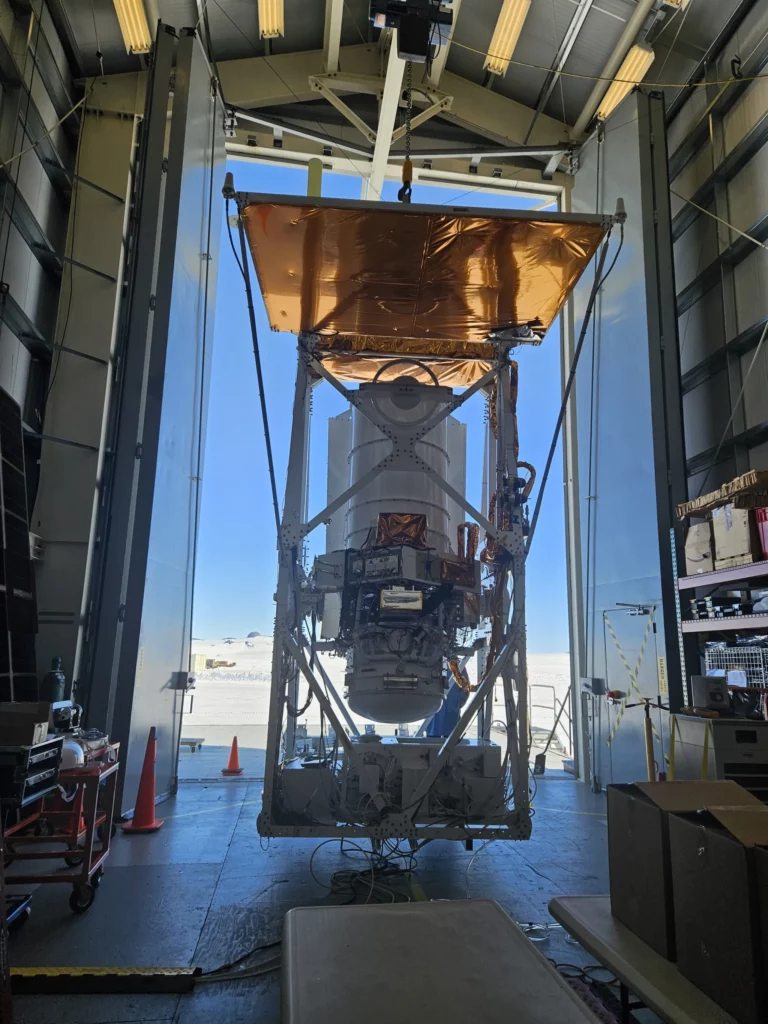
In Antarctica, Scientists are preparing to launch a GUSTO, a NASA experiment which will explore the universe on a balloon. The craft will launch near the U.S. National Science Foundation’s McMurdo Station research base, no earlier than December 21st.
GUSTO stands for Galactic/Extragalactic ULDB Spectroscopic Terahertz Observatory, and it will look into space between stars called the interstellar medium. The telescope will also help scientists make a 3D map of a large part of the milky way in high-frequency radio waves. It will examine a 100-square-degree area, and explore many phases of the medium and the abundances of key chemicals in our galaxy.
These chemicals include carbon, oxygen, and nitrogen since they are critical for life on Earth. According to NASA, these elements can also help scientists disentangle the complex web of processes that sculpt the interstellar medium.
The interstellar medium is where diffuse, cold gas and dust make up giant structures called molecular clouds, which can collapse to form new stars. From this, planets can sometimes form.
GUSTO can examine the first part of this process, operating as a cosmic radio which can listen for particular cosmic ingredients. It senses high-frequency signals that atoms and molecules transmit.
The telescope is expected to fly for at least 55 days, on a 39 million cubic feet pressure balloon.
Image Source: José Silva on behalf of the GUSTO Team